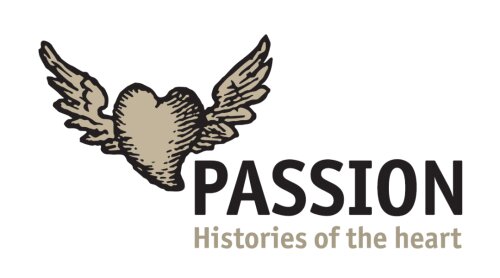
Passion: Histories of the Heart tells some of the many histories of our most intimate muscle. The heart pumps blood and oxygen. It serves as the seat of our passions and emotions. It also gives life to Catholic symbolism, mysticism and devotion. The heart’s two symbolic functions are teased out in two complementary events: an exhibition in St Paul’s Church and an interactive walking route in the historic city centre.
The stories in the exhibition connect these Catholic meanings of the heart to the rich emotional life that developed around it in the nineteenth and twentieth century. In this period, the devotion to the Sacred Heart took flight, thanks to the support of Rome and a number of important shifts in the devotion’s emphasis: it became more overtly political and demonstrative. The burning, pierced heart symbolized pain and love. Carefully crafted devotional images and small faith objects that people kept close to the heart (sometimes literally) are shown side by side with life-size Christ and Mary statues that share their burning, pierced hearts, and with the majestic frayed flag of the Leagues of the Sacred Heart. Many of the objects in Passion have never been exhibited before. They show how the many meanings of the heart take centre stage in Catholic culture.
The twelve stops on the walking route map tell a wide range of heart stories. They show the many facets of the symbolic heart, not just in Catholic history but also in art and popular culture. Some stops put well-known hotspots like the Hendrik Conscience Square and the beguinage in a new light. Other, less obvious places such as the Permeke Library and a tattoo shop reveal more surprising links between Antwerp and the heart. Discover the extraordinary stories and products that turn the heart into a multi-faceted symbol for emotions and passions in the accompanying guidebook. (Online and paper versions are available.)
This project was realized by the Religious Bodies team at the Ruusbroec Institute (University of Antwerp). The research team studies the historical ways in which the body functions as a religious object and also made the successful exhibition Wonde(r): the fascination with the suffering body. The team members are professor Tine Van Osselaer, Leonardo Rossi, Kristof Smeyers and Linde Tuybens. Curious about their research? Find out more at www.religiousbodies.com.
Practical information
When?
- City walk: 14 February
- Exhibition: 1 April – 20 May: every day, 2.00 – 5.00 p.m.
Where?
- St Paul’s Church, Veemarkt, 2000 Antwerp (entrance Nosestraat 9-11).
Visit & city walk
- Visiting the exhibition is free of charge.
- The map for the city walk is freely accessiblevia this link.
- A hard copy of the map is available at St Paul’s Church.
Corona Measures
- Visit the exhibition by yourself or exclusively with your household (max. 4 persons) or your close contact.
- Visitors older than 12 years must wear a face mask. Please make sure you wear the mask correctly, by covering your mouth and nose.
- Sanitize your hands upon entry.
- Follow the indicated route.
- Maintain a safe distance (at least 1,5 m) from other visitors.
- Stay at home if you have a cold or if you are ill.